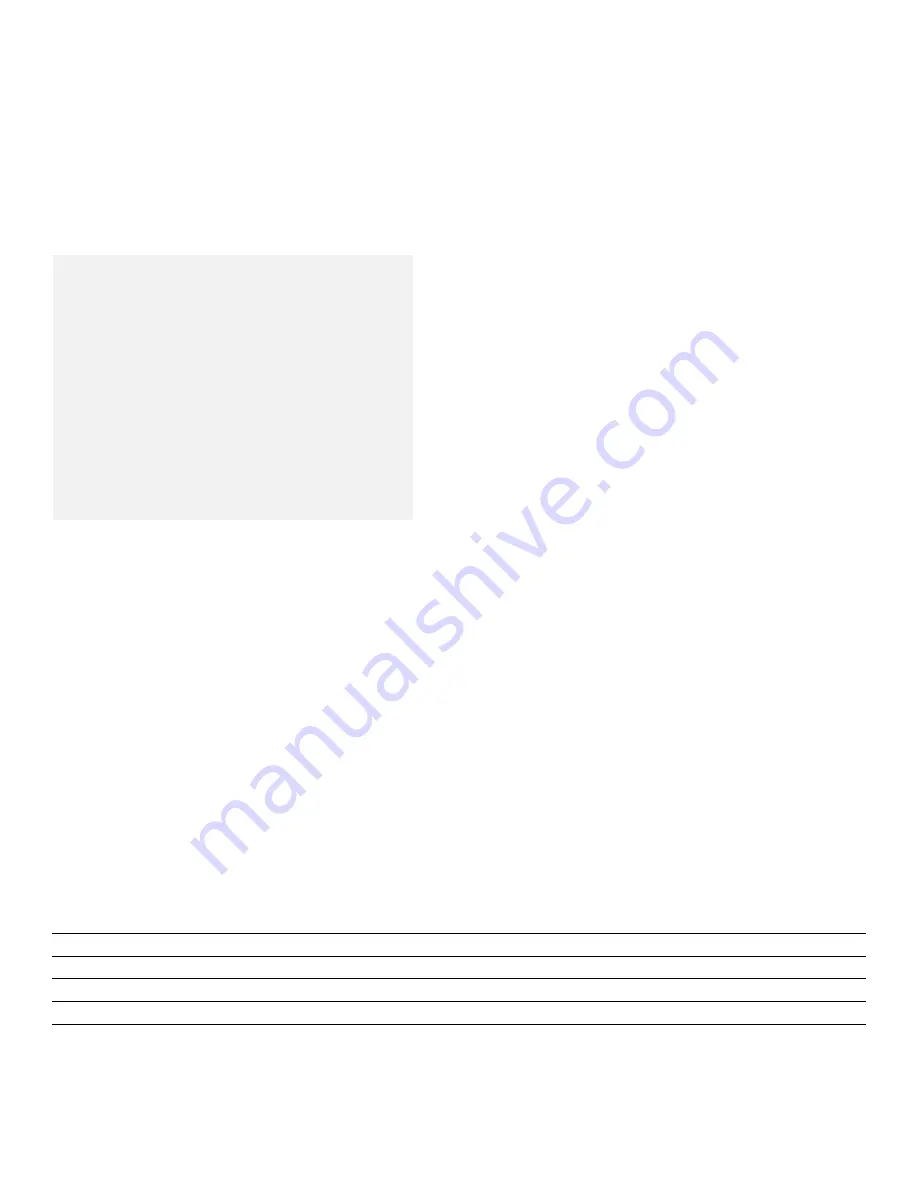
3
SECTION I. INTRODUCTION
Congratulations, you have just purchased one of
the finest Reverse Osmosis Drinking Water
Appliances available.
Like any other fine product, this appliance requires
periodic maintenance in accordance with the
schedule outlined below.
Your new Reverse Osmosis (R.O.) Drinking Water
system uses a combination of filtration technologies
to reduce unwanted contaminants in a water
supply. The following steps combine to give you the
best in clear sparkling drinking water:
MECHANICAL FILTRATION
- The sediment pre-
filter will remove the larger particles such as silt,
rust and scale. Its 5 micron (equal to 0.0002 inch)
nominal rating helps to give maximum life to the
R.O. Membrane and carbon filter.
ACTIVATED CARBON PRE FILTERS
- The first
carbon filter contains granular activated carbon
which removes chlorine and absorbs organics that
can damage the membrane. The second carbon
filter is a carbon block that has activated carbon
with a smaller pore size to increase the range of
organics removed and extend the amount of
chlorine reduction. Carbon block filter has a five
micron rating to further protect the membrane.
REVERSE OSMOSIS MEMBRANE
-The R.O.
Membrane is the heart of the filtration system. It is
designed to reduce the dissolved mineral content of
the water. Minerals picked up in the environment by
the water are measured as Total Dissolved Solids
(T.D.S.).In the Reverse Osmosis process,
dissolved minerals are separated from the incoming
water (Feed Water) to produce the product water
(the Permeate). The excess minerals are rinsed to
drain (the Reject Water). The spiral wound
construction of the R.O. Membrane provides
maximum surface area for water production and is
less susceptible to fouling by particulate matter,
turbidity and colloidal materials.
ACTIVATED CARBON POST FILTER
- The Inline
Carbon Post Filter cartridge contains carbon parti-
cles with a vast network of pores. The tremendous
surface area of these pores (typically 800-1200
square meters per gram of carbon) gives the
carbon very good adsorptive sites for chlorine as
well as other substances that contribute to tastes
and odors. The product water from the membrane
as well as the holding tank passes through the
Activated Carbon Post filter on the way to the
Dispensing Faucet. The Activated Carbon Post
Filter reduces tastes and odors that may pass
through the system. It adds a final “polish” to the
water.
SECTION II.
SPECIFICATIONS
TABLE A
– QUALIFIED SYSTEM PERFORMANCE
Because the performance of an R.O. Membrane is highly dependent upon pressure, temperature and TDS, the
following should be used for comparison purposes only.
U.S.
Metric
Membrane Production
1
40-60 gpd
151-227 Ipd
Membrane TDS Reduction
1
93% minimum
93% minimum
Drain (reject water) Flow
3-5 x product flow
3-5 x product flow
Empty Storage Tank Precharge
5-7 psig air
35-48 kPa air
1
Industry standards measure R.O. Membranes performance with no backpressure on the product water, at 65 psig
(448kPa) and 77°F (25°C). Further conditions on the above are 600 ppm TDS. Production rate and TDS reduction figures
are for a new Membrane that has been rinsed for 24 hours. The production rate of a new Membrane can decrease by
10% per year or more, depending upon the scaling and fouling tendencies of the Feed Water.
Recommended Filter Change Schedule*
1 - Pre-
filter, 10”, 5 Micron
6 Months
2 - Granulated Activated
6 Months
Carbon Pre-Filter
3 - Carbon Pre-filter for
6 Months
Chlorine Removal
4 - Reverse Osmosis
24-36 Months
Membrane
5 - Inline Carbon Post Filter
6 Months
*Based on standard conditions

































